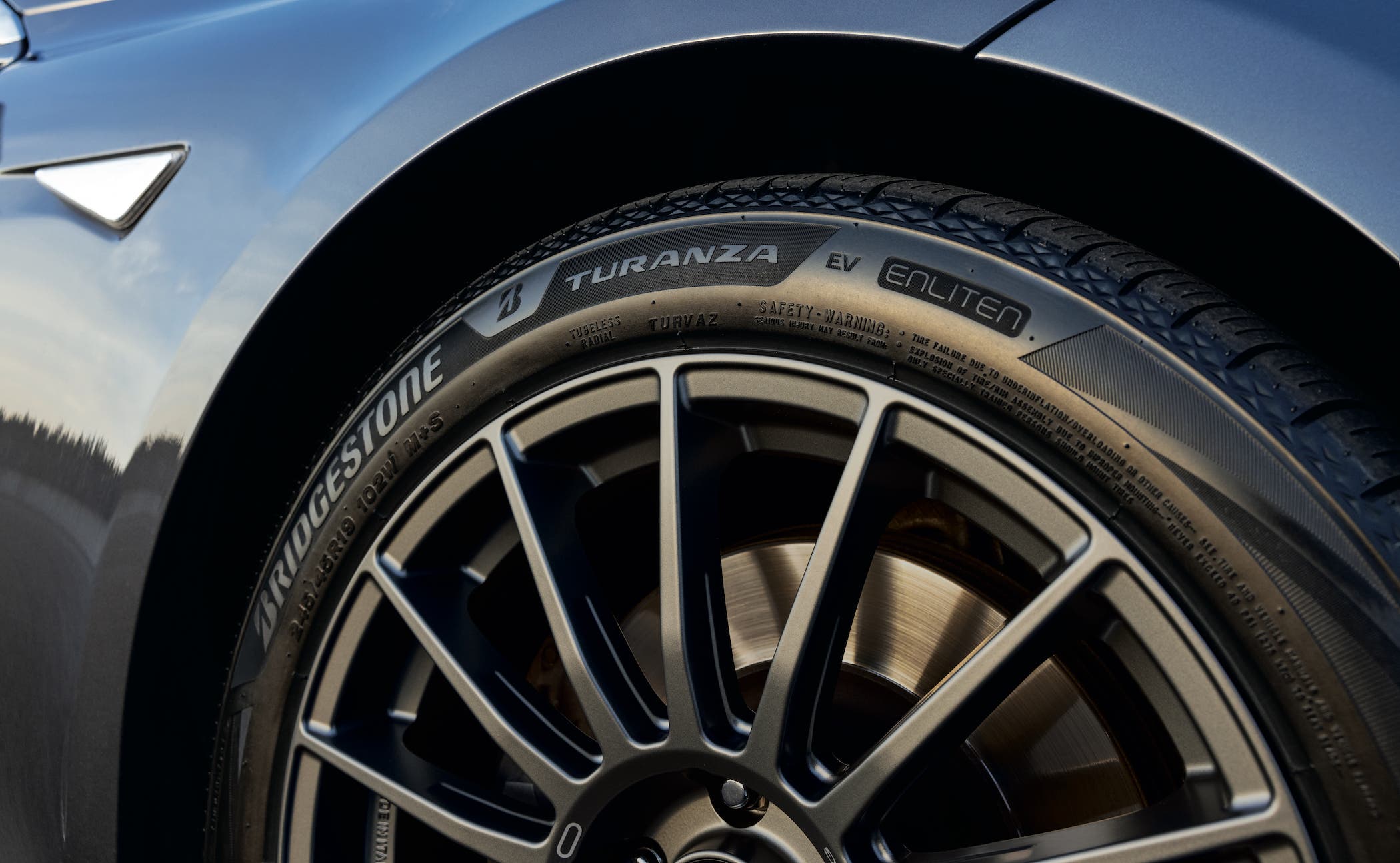Why Is Tesla Buying A Wireless Charging Company?
Support CleanTechnica's work through a Substack subscription or on Stripe.
Word on the Straße (“street” in German) is that Tesla is acquiring the company Wiferion, a wireless charging company that has worked with more than 100 companies to provide wireless charging solutions — whether for vehicles or robots or what — since 2015. That’s according to the German arm of Business Insider.
There are a few interesting things about this acquisition (which Tesla has not confirmed yet). First of all, last year, wireless EV charging startup WiTricity licensed its technology to Wiferion — our only coverage of Wiferion. We have covered WiTricity for years, and it has appeared to have made breakthroughs in fast wireless charging.
So, what’s going on with WiTricity in regard to this deal? We don’t know. What is reported is that Tesla International BV, a 100% Dutch subsidiary of Tesla, has filed to acquire all the shares of Wiferion.
So, that’s what we know. How about some speculation?
The most obvious assumption is that Tesla is preparing to offer wireless EV charging. However, the question would be whether this is for home EV wireless charging, fast wireless charging at Superchargers, wireless charging for Semi trucks, wireless charging for Tesla robots (Optimus), or some combination of those purposes.
Clearly, I have no real idea what the answer is, but it seems to me that Tesla would want to focus on wireless charging at a high speed at Superchargers — to make the process easier on drivers as well as to reduce the need for equipment repairs due to wear and tear at Superchargers, which I’m seeing more and more. On the flip side, though, I don’t think Tesla could get nearly the same charging speed, and I think that’s Tesla’s prime concern at Superchargers. Also, Superchargers are indeed quite reliable and sturdy. Tesla Semi trucks may also need more power than Wiferion tech or other tech can offer right now, and how hard is it for a trucker to plug in?
One possibility is that Tesla would want an easy, “autonomous” charging solution for robotaxis and self-driving trucks. Having driverless vehicles becomes a little problematic if you need to get help to charge — unless the car could just automatically pull up to the right spot and charging automatically. On the flip side, I don’t see Tesla being able to launch robotaxis anytime soon. However, on the flip side of my flip side, Elon Musk seems to still think this is just around the corner, so maybe he’s planning for it.
Any other ideas on why Tesla would acquire Wiferion and what its wireless charging tech might be used for?
Featured image: screenshot from Wiferion website.
Sign up for CleanTechnica's Weekly Substack for Zach and Scott's in-depth analyses and high level summaries, sign up for our daily newsletter, and follow us on Google News!
Have a tip for CleanTechnica? Want to advertise? Want to suggest a guest for our CleanTech Talk podcast? Contact us here.
Sign up for our daily newsletter for 15 new cleantech stories a day. Or sign up for our weekly one on top stories of the week if daily is too frequent.
CleanTechnica uses affiliate links. See our policy here.
CleanTechnica's Comment Policy

